The model division

The production of trumpet mouthpieces by Karl Breslmair sen. in 1968 made the trombonists of the time sit up and take notice, and they asked him to listen to their wishes and needs regarding the mouthpiece as well. Professor Hans Pöttler became a close friend of Karl Breslmair sen. and the P1 model is still at the forefront of the most popular mouthpieces. In the last 20 years, the German trombone has been increasingly replaced by new developments and the call for suitable mouthpieces has become loud. One day, our Japanese partner Yamano-Music ordered mouthpieces that would serve the Viennese style of sound as well as our models for the German trombone, but would primarily support modern trombones. This model series bears the letter Y (Yamano) in the respective model name and represents the current culmination of our development.
The model names of the trombone mouthpieces resulted from the development. Behind almost every model are the ideas and personal wishes of an outstanding musician. Most of the suggestions for further development came from Professor Hans Pöttler, to whom we would like to express our special thanks. The majority of the models were designed by Karl Breslmair sen. These were re-measured and revised by Karl Breslmair and from now on can be reproduced with an extremely high degree of repeatability. We are also indebted to Professor Dr. Peter Jakelj, whose suggestions have found expression in the bass trombone mouthpieces.

The selection
A rough guide for selection is the classification of cup widths and their allocation to instrument types. However, the wind player's objectives and his or her requirements for a mouthpiece should precede the decision for a model.
3-part modular system
Not every musician is comfortable with the modular system or finds it necessary to keep his mouthpiece variable - although the advantages outweigh the disadvantages in any case. For this reason, we also make trombone mouthpieces in two-part form, with the cup and shank (shank) forming one unit (underpart).
The rim
Our rims have a standard thread M30x1, these are intended for use in the 3-part modular system. For larger internal widths and new models (e.g. Y series), the M30x0.75 thread is used. Rims for bass trombone mouthpieces have a thread M32x0.75.
Three rim shapes are offered in different materials, suitable for the respective cup diameter:
- Brass (silver-plated or gold-plated)
- Plastic (acrylic glass)
- Polymer wood (patent)
As a special request we can produce your individual rim, according to your description or as a copy of an existing rim.
- Rim shape 1 Rim shape of mouthpiece no.1, from which other rims were derived
- Rim shape 2 Rim shape after Josef Rohm, trombone legend of the 1970s
- Rim shape A*flat rim shape (e.g. A50 for a cup with end digit 50) for enduring play
- Rim shape B*sloping more steeply outwards (e.g. B58 for a cup with end digit 58) for flexibility
- Rim form C*Mild inner edge, sloping rather steeply outwards (e.g. C45 for cup no.145) Allrounder
- Rim form DK* Rand Professor Dietmar Küblböck
- Rim shape H striking inner radius, sloping steeply to the broad outer diameter
- Rim shape J narrow rim for high flexibility and precise tone control, intended for bass trombone
- Rim form PEdge form according to Professor Hans Pöttler
* These rims are available for all cup widths and are part of our standard range. Other rims in the table are available and can be manufactured as a special request at extra cost.
The cup
The first digit is the cup number, the last two digits indicate the cup diameter (e.g. cup 154 corresponds to cup width 25.4mm). The cup/shank bore is uniformly 6.0mm in the modular system (larger bore on request), models with preceding letters (Y, C, etc.) are listed in the table and require special shanks.
| Depth/Width | 40 | 45 | 50 | 52 | 54 | 55 | 56 | 58 | 60 |
|---|---|---|---|---|---|---|---|---|---|
| deep | 1 | 1 | 1 | 1 | 1 | 1 | 1 | 1 | 1 |
| medium | 2 | 2 | 2 | 2 | 2 | 2 | 2 | 2 | 2 |
| flat | 3 | 3 | 3 | 3 | 3 | 3 | 3 | 3 | 3 |
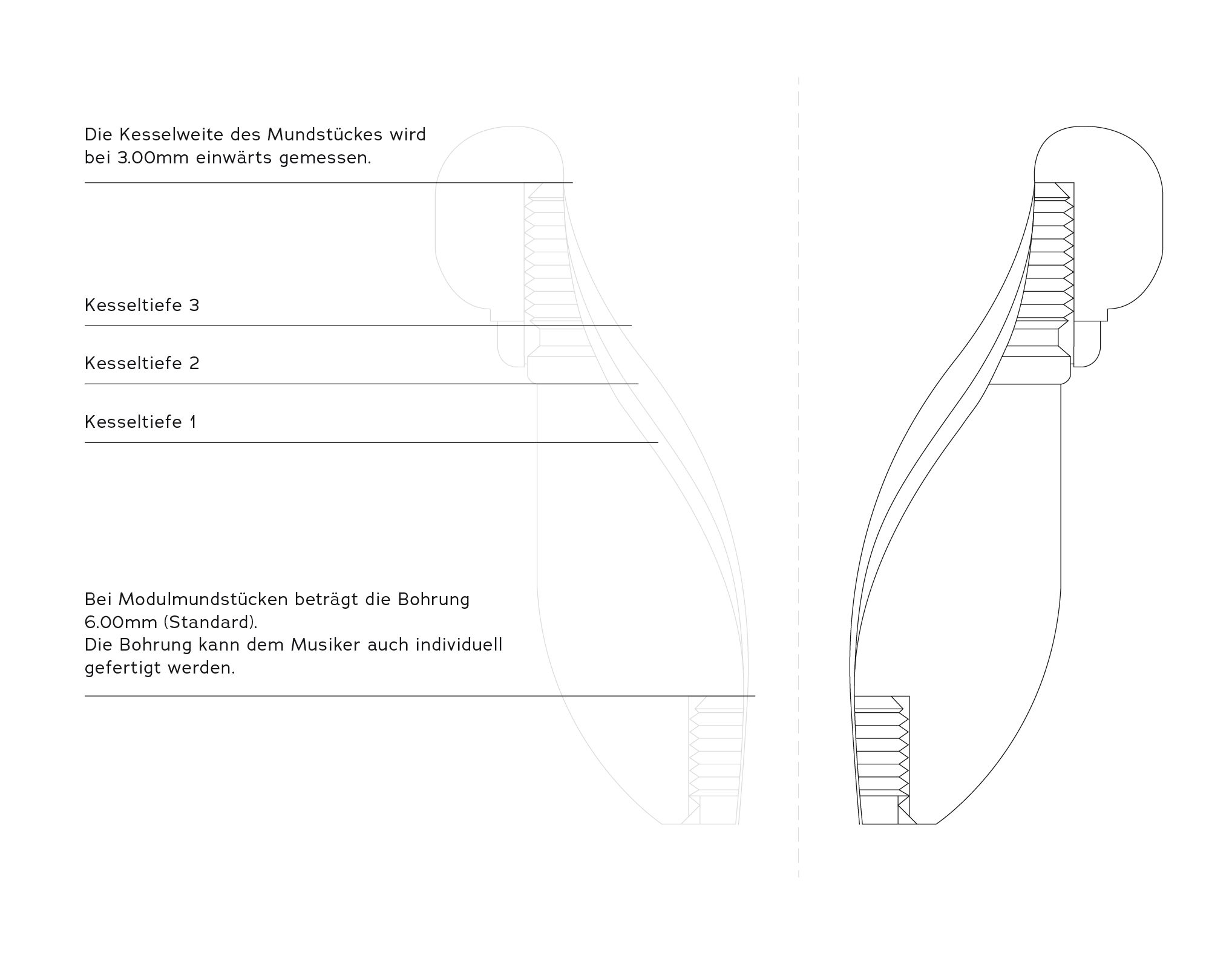
The shank (shaft)
The correct shank should be chosen for each instrument. The distance between the upper edge of the rim and the leadpipe should be at least 45mm and at most 55mm. In older editions of this brochure, two shank bores were offered (A, narrow, and B, wide). Shank bore A could not prevail and was taken out of the programme. The variety of possible variations does not allow a clear assignment to one instrument type. Every wind player should and can choose a mouthpiece that suits his or her needs. We are constantly working on improvements and further development. We are grateful to every musician for suggestions and positive criticism.
| Size 1: 12.0mm | Alto Trombone, Bass Flugelhorn |
| Size 2: 12.3mm | Tenor trombone, tenor horn, Lätzsch 2, (standard small) |
| Size 3: 12.5mm | Tenor Horn, Baritone |
| Size 4: 13.0mm | Baritone Lätzsch 3 |
| Size 5: 13.3mm | Alto Vienna Baritone, Yamaha Tenor Horn |
| Size 6: 14.0mm | Trombone with wide shank, (standard large) |
2-part modular system
The playing style and technique of the trombone have changed considerably in the last fifty years and the mouthpiece maker must follow this trend if he has not even set it himself by expanding his range of models. For many years, the basis of our trombone models was the range of products for the German trombone, first and foremost the products of the Lätzsch company in Bremen. At the suggestion of the Yamano company (Japan), we developed mouthpieces for the trombone of the 1990s, setting new standards in the mouthpiece sector. New manufacturing processes enabled us to produce with the highest precision and to react quickly to requests and suggestions. The thread used is a fine thread M30x1, which is also used for the 3-part modular system. All rims in the specified widths naturally fit these underpart.
A trombone mouthpiece should be made in the dimension between 22mm and 29mm. The width designation in our system omits the tens digit and indicates, without a comma, the units digit followed by the tenths digit.
For example: Model Y1-58
Mouthpiece from the Y-series | depth 1 | width 58 corresponds to the diameter 25.8mm at the rim/cup interface (cup width)
| Model/Width | 45 | 50 | 52 | 54 | 56 | 58 | 60 |
| Y25 | + | + | |||||
| Y15 | + | + | + | + | + | + | + |
| Y1 | + | + | + | + | + | ||
| Y2 | + | + | + | + | + | + | |
| Y3 | + | + | + | + | |||
| Y4 | + | ||||||
| Y5 | + | + |
The bass trombone
With increasing interest in the bass trombone, the models available in our workshop were revised and individual models were redefined in collaboration with innovative wind players. I would like to highlight the US American Dick Strobel, who had a historic Kruspe bass trombone restored and commissioned a matching mouthpiece from our workshop.
underpart (cup and shank) for bass trombone are made with a thread M32x0.75. Due to the big difference between a very deep cup (number 1) and a comparatively shallow cup (number 3), a 3-part division into rim/ cup/shank makes no sense. Each model needs an optimised shank bore, which can only be realised in the technical unit "underpart".
Currently available rims for bass trombone
| Wide | 70 | 73 | 75 | 80 | 83 | 85 | 88 |
| Model | |||||||
| 1 | + | + | |||||
| 2 | + | + | + | ||||
| 3 | + | + | |||||
| 3J | + | ||||||
| 31J | + | ||||||
| 4 | + | + | + | ||||
| N | + | ||||||
| 9 | + | + | + | ||||
| J | + | + | |||||
| DS | + | + | + | ||||
| 5 | + |
Currently available underpart for bass trombone
| Wide | 70 | 73 | 75 | 80 | 83 | 85 | 88 |
| Model | |||||||
| 1 | 1-75 | 1-80 | 1-83 | 1-85 | 1-88 | ||
| 1A | 1a-80 | ||||||
| 2 | 2-75 | 212-80 | 2-83 | 2-85 | 2-88 | ||
| 3 | 3-75 | 3-80 | 3-83 | 3-85 |



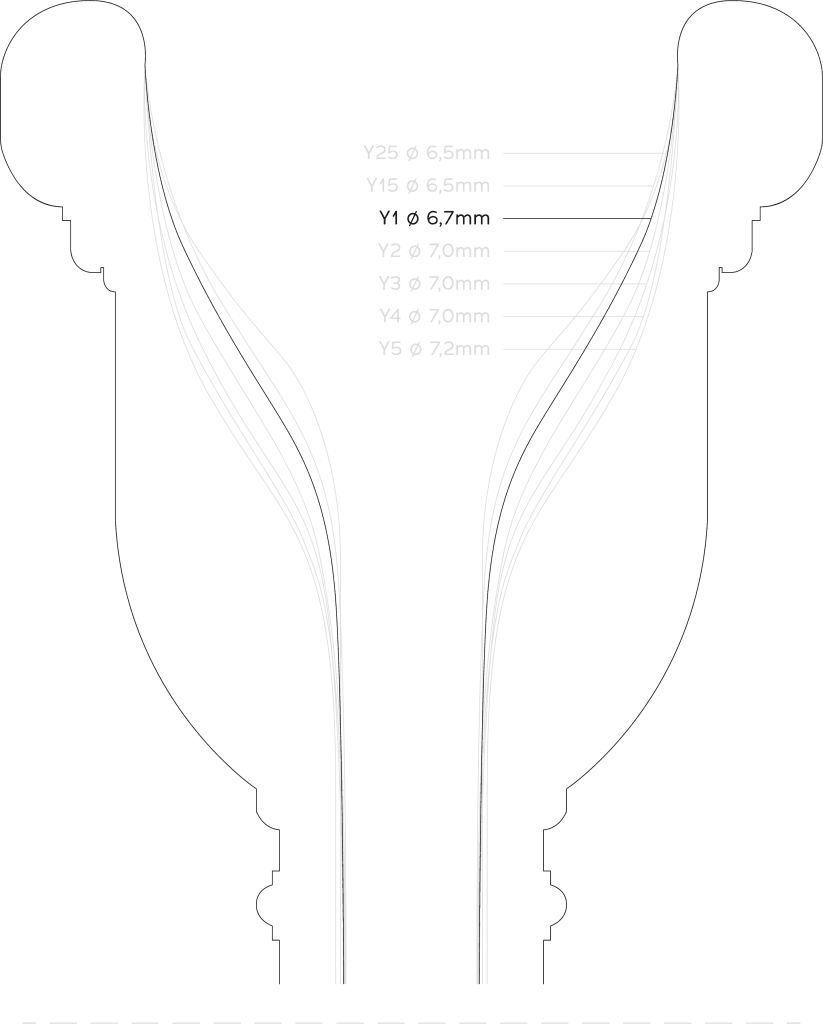
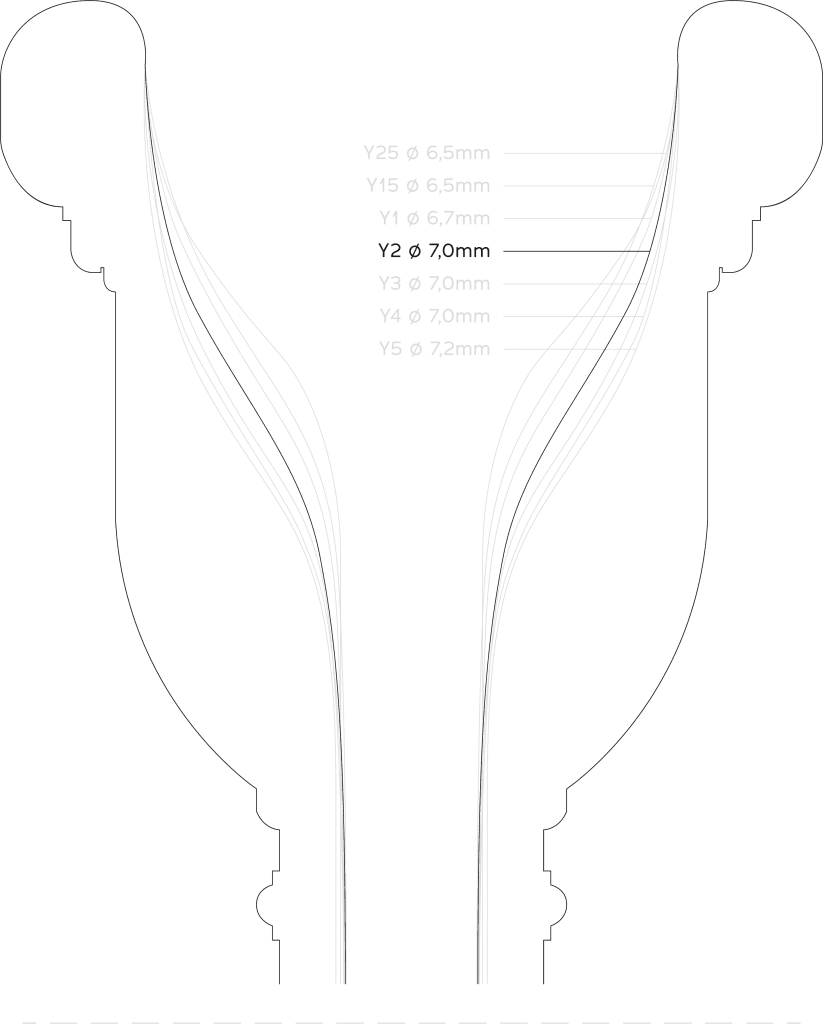
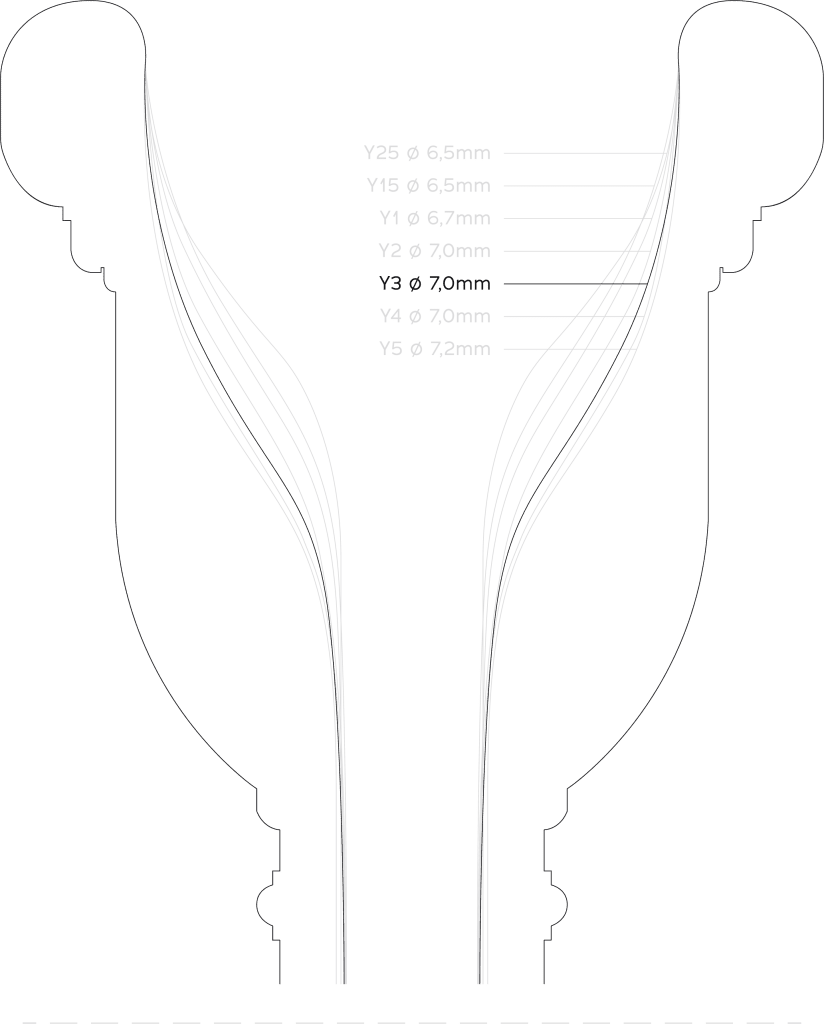

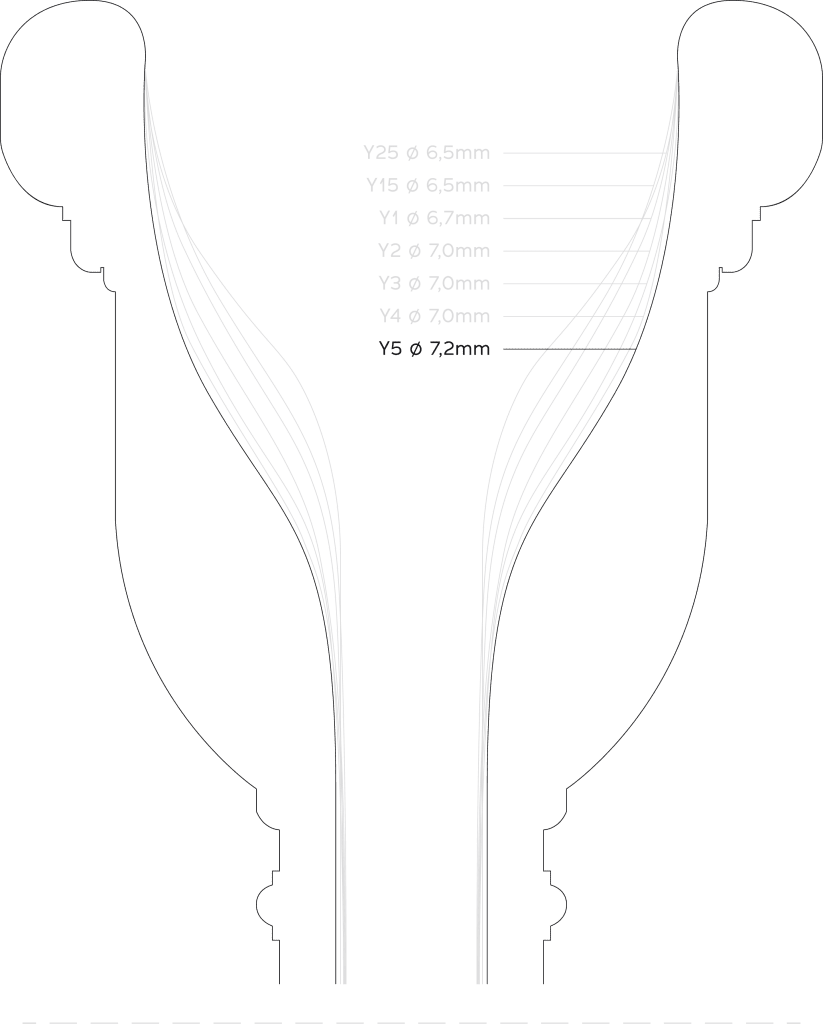

 No products in the shopping cart.
No products in the shopping cart.